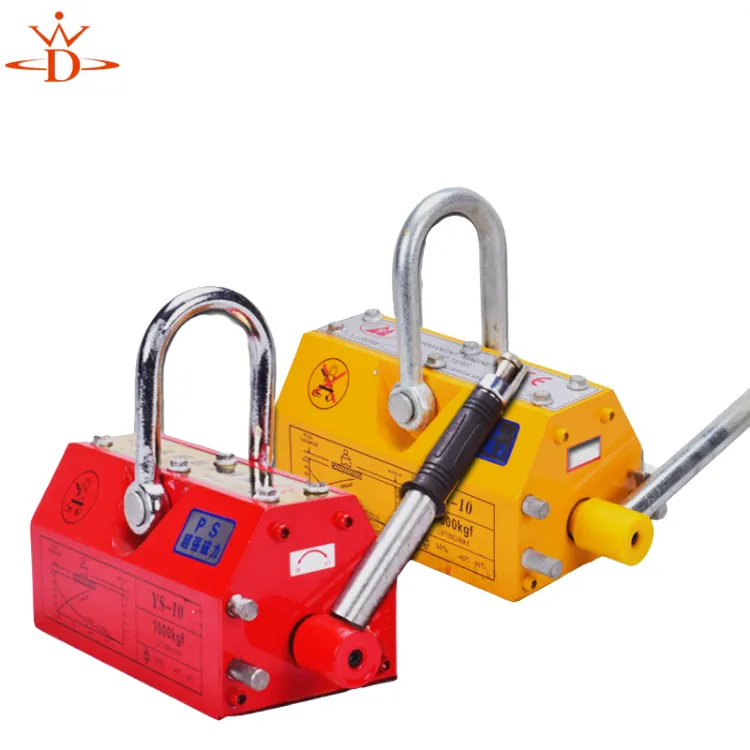gantry crane construction
The Construction of Gantry Cranes An Overview
Gantry cranes are large, bridge-like structures used in various industries for the efficient movement of heavy materials. They are an integral part of ports, warehouses, and manufacturing plants, allowing for the lifting and transporting of goods with precision and safety. The construction of gantry cranes involves several crucial steps and considerations, leading to their reliable performance in demanding environments.
Understanding Gantry Cranes
At the core of a gantry crane's design is its structure, which typically consists of two vertical legs supported by a horizontal beam. This configuration allows it to traverse over a designated area, offering a broad range of motion. Gantry cranes can vary in size, from small units used in workshops to massive structures employed in shipyards. They can be powered manually, electrically, or through hydraulics, adapting to specific operational needs.
Planning and Design
The construction process of a gantry crane begins with careful planning and design. Engineers must assess the operational requirements, including the maximum load capacity, span, and height. Considerations also involve the environment where the crane will be used, such as wind loads, seismic activity, and temperature variations. This phase is critical as it lays the groundwork for a crane that is both functional and safe.
Material Selection
Selecting appropriate materials is vital for the durability and strength of a gantry crane. Typically, high-grade steel is used for the main structure due to its excellent tensile strength. In some applications, aluminum may be used for lighter models, providing easy mobility without compromising on load capabilities. The choice of materials also involves factoring in corrosion resistance, especially for cranes used in outdoor environments or near bodies of water.
Fabrication
Once the design is finalized and materials selected, the fabrication of the individual components can begin. This usually takes place in a manufacturing facility where precision machining and welding techniques are employed. Each component—including beams, legs, and wheels—must be manufactured to exact specifications to ensure the entire structure fits together seamlessly. Quality control during this phase is crucial to avoid issues during the assembly and operational stages.
gantry crane construction

Assembly and Erection
After fabrication, the next step in the gantry crane construction process is assembly. Depending on the crane’s size, this can take place in segments at the manufacturing site or on location at the installation site. Large cranes are typically assembled on-site to ensure they fit the designated area and can be maneuvered correctly. Erection often involves cranes of smaller sizes or other machinery to lift large components into position.
Installation of Components
During the assembly process, various components such as the hoist unit, control systems, and power supply are installed. The hoist is responsible for lifting and lowering the loads, while the control system ensures safe and efficient operation. This stage requires meticulous attention to detail, as any misalignment can affect the crane's performance and safety.
Testing and Commissioning
Before a gantry crane can be put into service, it must undergo rigorous testing. This includes load tests to verify the crane can handle its maximum capacity safely. Engineers will check for any mechanical issues, ensuring that all components function smoothly. Only after passing these tests will the crane be commissioned for regular use.
Maintenance Considerations
Once operational, regular maintenance is essential to keep gantry cranes functioning efficiently. Scheduled inspections should be conducted to assess wear and tear on components, lubricate moving parts, and ensure safety mechanisms are operational. Proper maintenance extends the life of the crane and prevents costly breakdowns.
Conclusion
The construction of gantry cranes is a multifaceted process that combines planning, engineering, and skilled craftsmanship. Understanding the complexities involved in their design and construction is crucial for those working in industries reliant on heavy lifting and material handling. By prioritizing safety and quality, manufacturers can ensure that gantry cranes continue to play a pivotal role in enhancing productivity and efficiency across various sectors. With the growing demand for automated and heavy material handling solutions, the relevance of gantry cranes will only increase in the coming years.
-
Versatile Lifting Solutions with Gantry and Overhead CranesNewsAug.29,2025
-
The Versatile Mobile Gantry Crane SolutionNewsAug.29,2025
-
Reliable Movement with Heavy Machinery Skates and RollersNewsAug.29,2025
-
Reliable Lifting Performance with 2000 lb Gantry Crane and 2 Ton Overhead SystemsNewsAug.29,2025
-
Maximize Lifting Efficiency with PML Magnetic LiftersNewsAug.29,2025
-
Efficient Relocation Starts with Reliable Machinery MoversNewsAug.29,2025
-
Efficient and Safe Lifting with Permanent Magnetic LiftersNewsAug.29,2025
